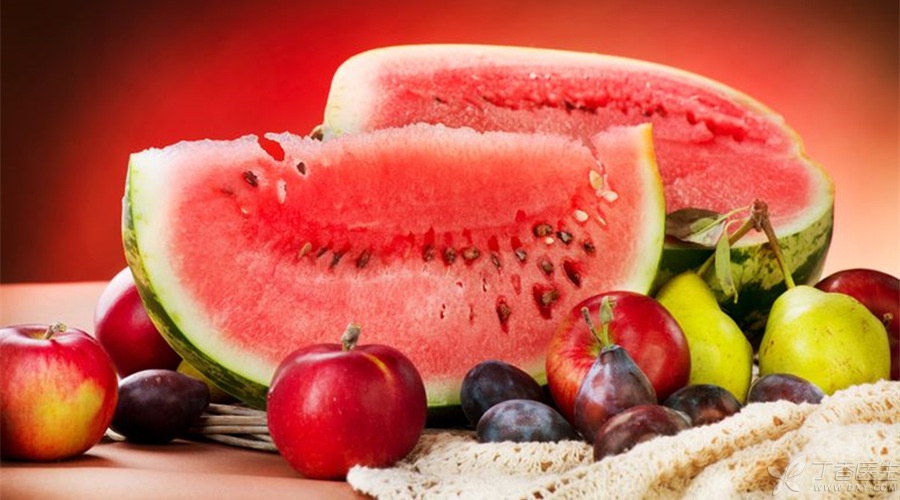
Dry vines, old trees, faint crows, air-conditioned WiFi watermelons, and Ge You’s sofa are the same. When the sun is setting, you will lie down there.
Of course, watermelon is the most indispensable fruit in summer. Unfortunately, there are many kinds of red melons, such as “one watermelon equals six bowls of rice” and “eating watermelon equals eating sugar”, which are very popular.
However, comparing the sugar content of different fruits, we can find that:
Sweet and rustling big watermelon, sugar content is 6.2%;
However, the sugar content of pitaya, which we think is not very sweet, is 13.3%.
Sour hawthorn has a higher sugar content, 22%!
What’s going on here? Listen to the nutritionist and have a good talk!
How much sugar does the fruit contain? Mouth taste [unreliable]
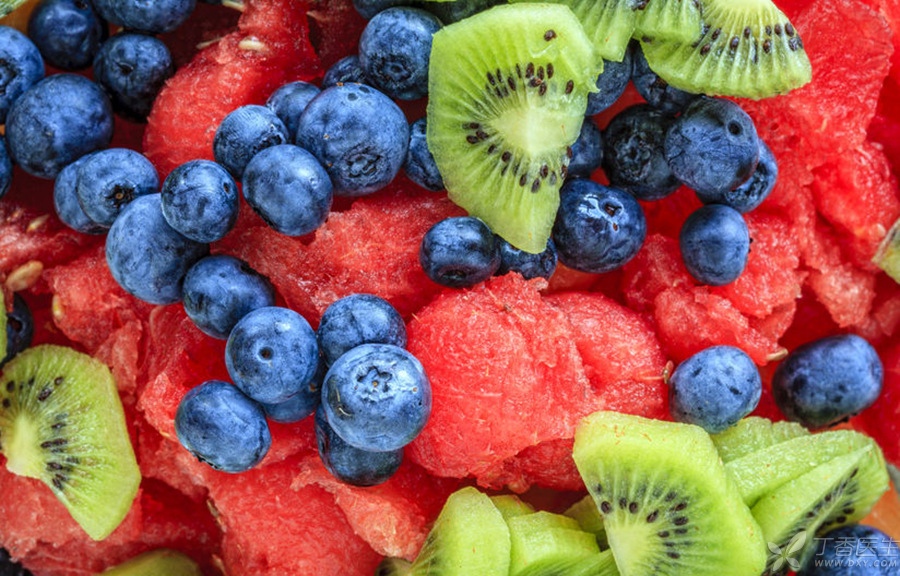
Because sugar is sweet, when it comes to [sugar] or [sweet], one unconsciously thinks of the other party. Therefore, people have the judgment that [fruit that is not sweet must contain less sugar] and [fruit that is sweeter must contain more sugar]. In fact, it is unreliable to taste it by mouth alone.
The reason why fruits are sweet is really related to sugar. However, some fruits taste very sweet and some are not so sweet. Why?
Of course, it is because the sugar you eat is different!
All fruits contain glucose, fructose and sucrose, which originally taste different sweets.
In comparison, fructose is the sweetest (= 1.7 times sucrose), followed by sucrose and finally glucose (= 0.7 times sucrose), so generally speaking, the higher the fructose content, the sweeter the fruit will taste.
The proportion of these three sugars in different fruits is different. For example, chestnuts, pears, apricots and kiwifruits have the same total sugar content, 9.75%, 9.24% and 8.99% respectively, but the proportion of these three sugars in the three fruits is as follows:
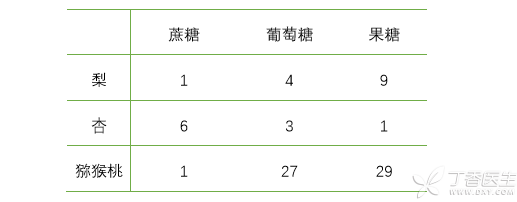
Therefore, when we eat fruits, we often feel kiwi fruit is sweeter, while pears are often sweeter than apricots.
Of course, the sweetness of fruits is not only related to sugar content and sugar types, but also related to other components in fruits. For example, organic acids such as citric acid and malic acid, which make fruits taste sour, and polyphenols such as tannin, which have astringent taste.
Therefore, [fruit sweet] and [sugar rich] cannot be absolutely equated.
More specifically, fruits can be divided into the following 4 categories according to sugar content:
Watermelon, Grape: Less Sugar, Very Sweet
Fruit is delicious and quenches thirst, but for those who want to control the calories in their diet, they are somewhat tangled and afraid of getting fat after eating too much.
If you like sweet food and dislike the high sugar content of fruits, choose these fruits: grapes, mulberries, peaches, strawberries, watermelons and melons-they taste sweet, but the sugar content is not as high as expected.
Watermelon, melon, grape and mulberry, which are sweet and even somewhat sweet, contain 6.2%, 5.7%, 8.2% and 8.1% sugar respectively.
In addition, strawberries also taste sweet, with a sugar content of only 4.9%.
Pitaya, Cherry, Hawthorn: Not very sweet, but it contains a lot of sugar.
Pitaya does not feel sweet to eat. Multi-seed also means rich dietary fiber, but its sugar content is 13.3%.
- The sugar content of sweet and sour cherry is 12.8%. Orange with sour taste, containing 10.6% sugar; Hawthorn tastes sour, but its sugar content is as high as 22%.
It doesn’t taste sweet, which doesn’t mean it contains less sugar. Be careful to fall into the trap of taste.
Banana, Litchi: Yes, sweet, but there is also a lot of sugar.
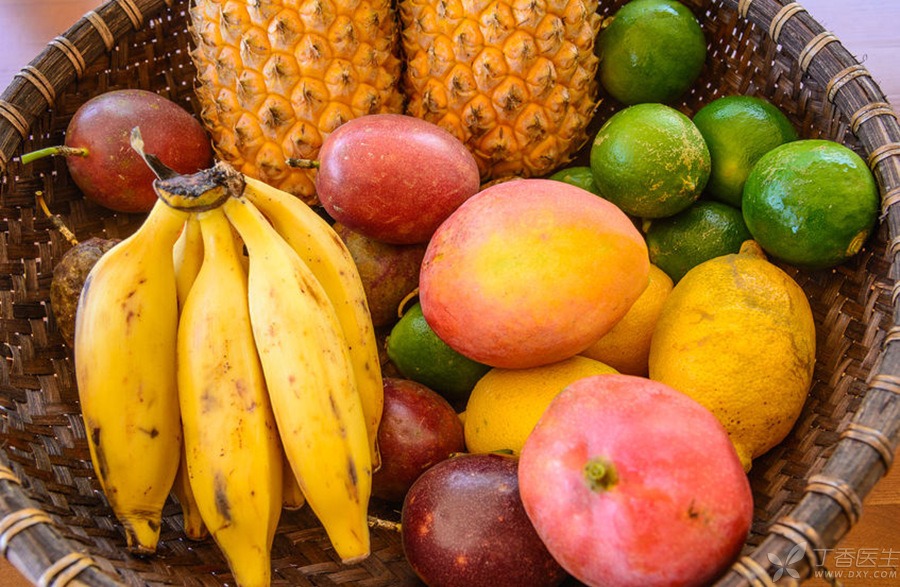
Fresh jujube, persimmon, fig, litchi, pomegranate, banana, etc. These fruits are really sweet, but their sugar content is also considerable, reaching 20.2%, 17.1%, 16.3%, 15.2%, 13.7% and 12.2% respectively.
These fruits are still relatively accurate in identifying sugar content through sweetness. If there is more sugar, eat less.
Grapefruit and Myrica rubra: Less sugar, but some acid
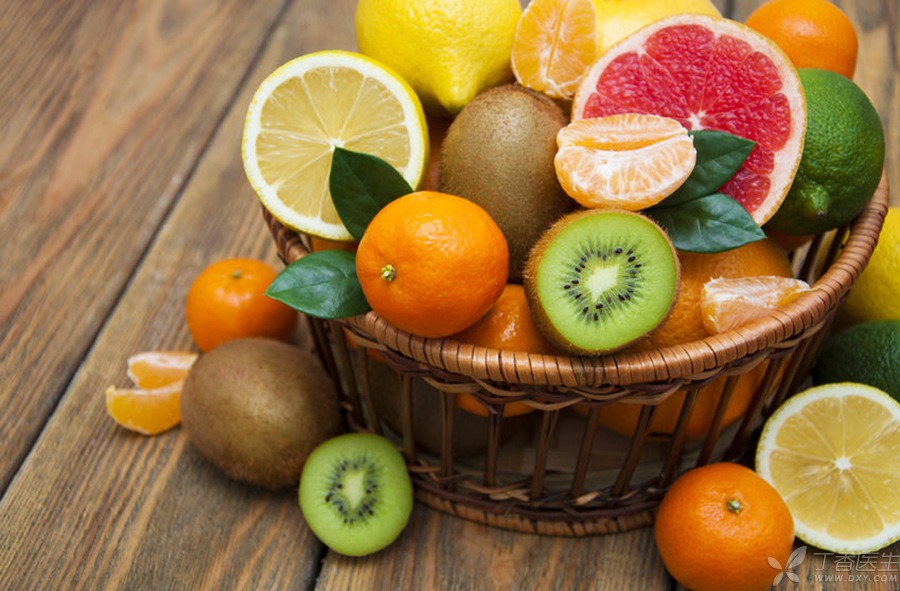
If you like sweet and sour taste and don’t like high sugar content, you can safely choose these fruits: white pomelo, red pomelo, carambola and waxberry.
If you like something sour, choose lemon.
It should be noted that fruits with sour taste contain relatively more organic acids and polyphenols. Try not to eat them in large quantities on an empty stomach. You can eat them after meals, which is helpful to promote digestion.
Eating fruits, controlling the total amount is the most important thing.
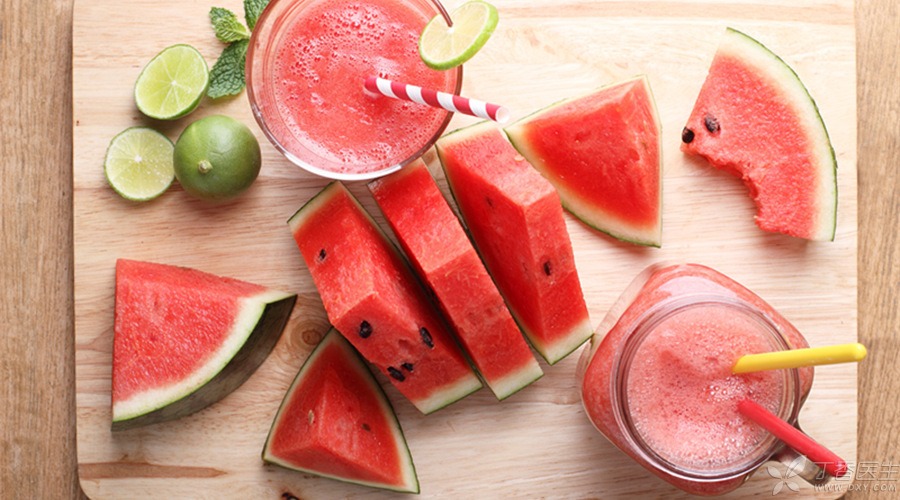
The nutritional advantages of different fruits are different. From the perspective of balanced nutrition, it is better to eat various fruits in rotation. However, from the perspective of sugar restriction, it is better to choose fruits with less sugar.
No matter how to control the total amount, it is the most important, not more than 200 ~ 350 grams.
Generally speaking, a 200-gram edible fruit is about the size of two kiwi fruits, a large banana, a medium-sized apple, a medium-sized peach, a dozen fresh winter dates, etc.
If it is watermelon, 200 grams of watermelon is about one eighth the size of an ordinary watermelon. If you like to eat half a watermelon with a spoon, then before summer passes, the opening poem may become:
The sun is setting and fat people are eating melons.
